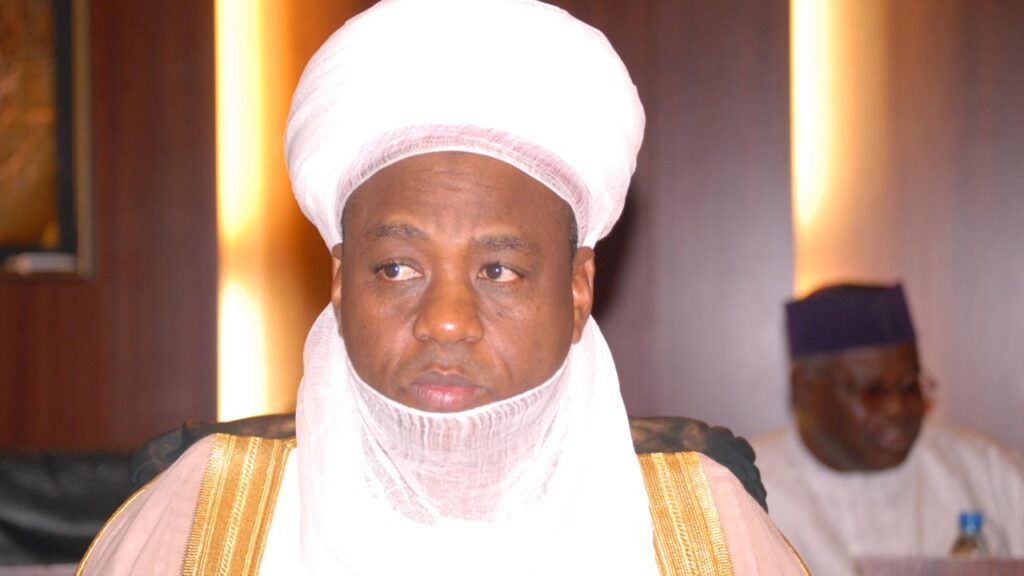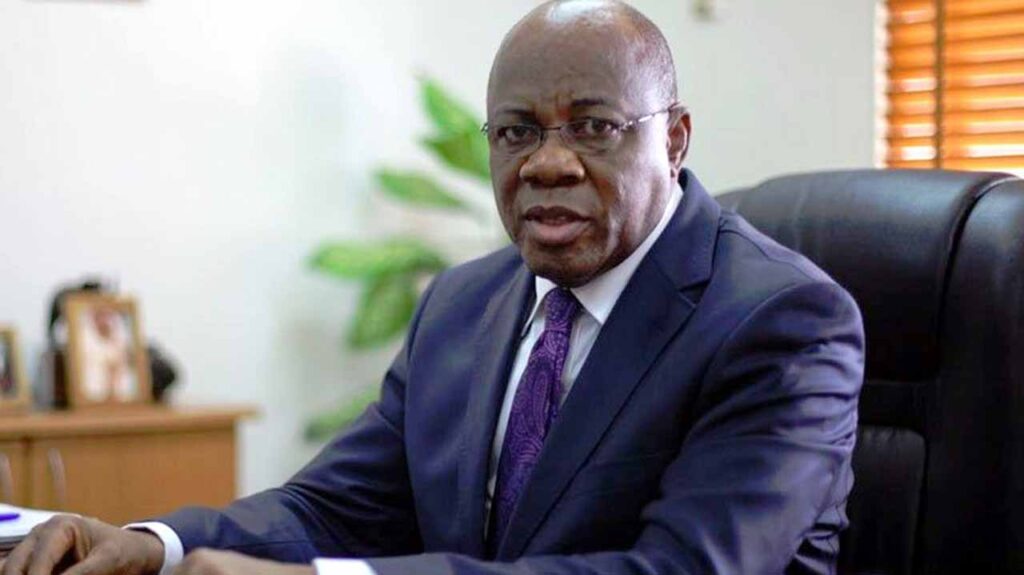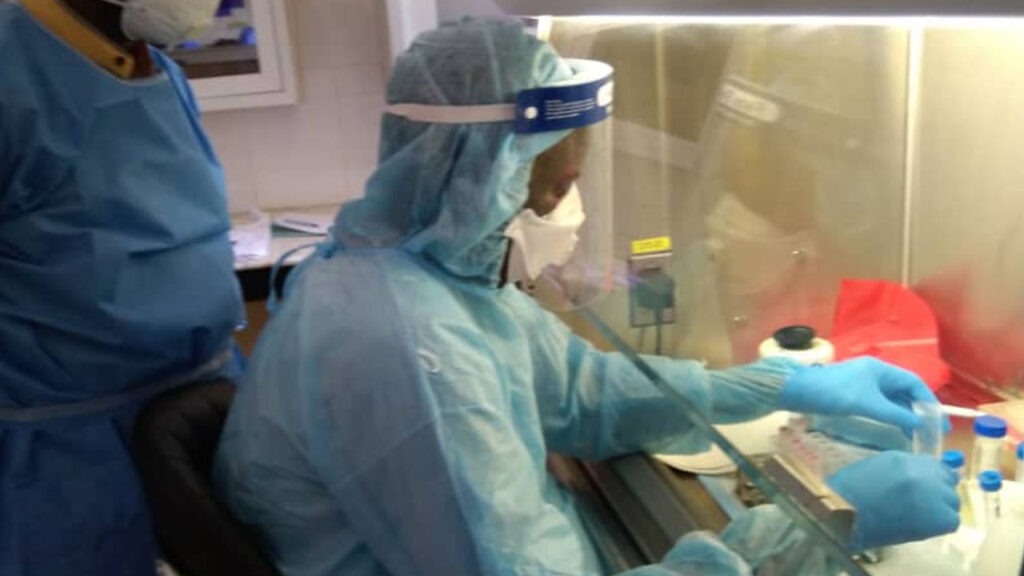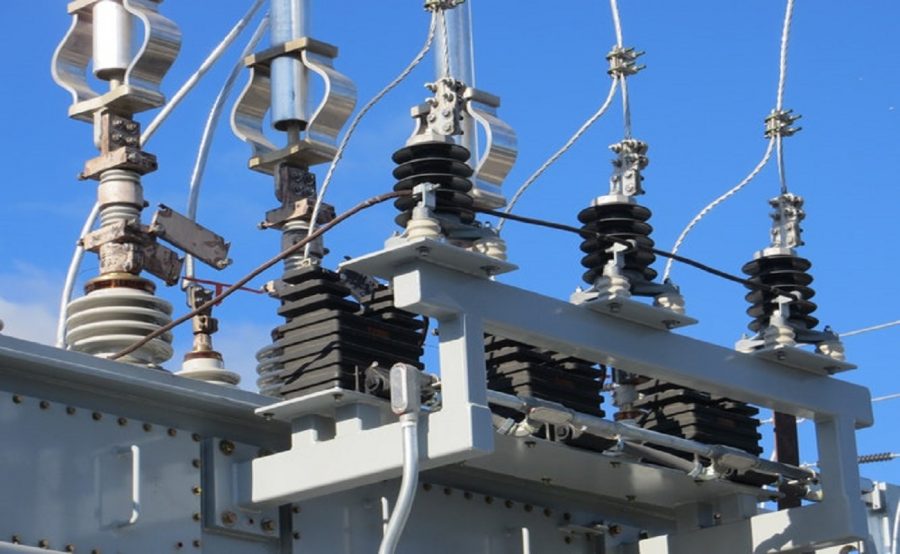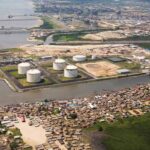
• NUPRC pegs nation’s technical oil production at 2.26 million bpd
• OPEC, NNPCL to collaborate on investment, production
Nigeria, yesterday, said about $17.64 billion worth of oil field development plan was approved last year to deliver oil and gas recovery estimated at 2.12 billion barrels and 13.13 trillion cubic feet respectively in the next five years.
While the Nigerian Upstream Petroleum Regulatory Commission (NUPRC), at the ongoing Nigerian International Energy Summit, said field development plans stand at about 51, a total of $2.5 billion investment in 175 wells’ drilling was also recorded between 2022 and 2023.
Chief Executive of NUPRC, Gbenga Komolafe also disclosed that a total of $2.68 billion investment was recorded in 842 well workovers and other well intervention activities in the year, which resulted in an increased average oil production.
According to him, Nigeria has also recorded about 275 per cent growth in rig count, as it grew from eight in 2021 to average of 30 in the past one year.
This comes as the Nigerian National Petroleum Company Limited (NNPCL) struck a deal with the Organisation of Petroleum Exporting Countries (OPEC) to increase the nation’s oil production and drive more investments.
At the same time, the Nigerian LNG (NLNG) has stressed the need to prioritise digital technologies to improve operational efficiency, reduce emissions, increase revenue and remain competitive amid the rapid global changes and energy transition.
Komolafe said NUPRC is repositioning the sector to attract investments and ensure energy security, affordability and sustainability in Nigeria.
He said despite the current average national production of 1.33 million barrels of oil per day and 256,000 barrels of condensate daily, Nigeria’s technical production potential is currently at 2.26 million bpd, with the current OPEC quota set at 1.5 million bpd.
“A total of 51 Field Development Plans approved in 2022-2023 is expected to attract $17.64 billion investment inflow, as well as deliver cumulative oil r and gas recovery estimated at 2.12 billion barrels and 13.13 trillion cubic feet respectively in the coming years.
“Natural gas production is projected to increase from 8.0 bcfd in 2020 to 12.2 bcfd in 2030, driven by major projects such as NLNG Train 7 & Train 8, Nigeria/Morocco pipeline, Ajaokuta-Kaduna-Kano (AKK) Natural Gas Pipeline Project and so many other gas projects,” Komolafe added.
OPEC Secretary Seneral, Haitham al-Ghais, said the oil cartel completely aligns with NNPCL’s vision as captured in its payoff line.
He noted that despite the pushback on oil and gas, the world would require about $14tr investments from now till 2035 to be able to meet global demand, NNPCL to seize the opportunity to raise its production as a reliable source of energy to the world.
Executive Director, Oando PLC and COO, Oando Energy Resources, Dr Ainoje Alex Irune, submitted that the challenges in the oil and gas industry required urgent action and not deliberations.
He emphasised that the industry is in a state of emergency, noting that the problems should have been addressed two decades ago.
Also, the General Manager, Finance, NLNG, Fatimah Adanan, revealed during a panel session that the company wrapped up the production of 1.5 million metric tonnes of Liquefied Petroleum Gas (LPG) in 2023 with an initial production of 70,000 metric tonnes, thus reinforcing the country as designated distribution hub.
The GM acknowledged Nigeria’s pivotal role in global carbon emissions, underlining the imperative to transition towards cleaner energy sources.
The Deputy Managing Director, Olakunle Osobu urged players in the energy industry to draw insights from NLNG’s ongoing integration of digital technologies to improve operational efficiency, reduce emissions, increase revenue and remain competitive as it deals with rapid global changes and energy transition.







